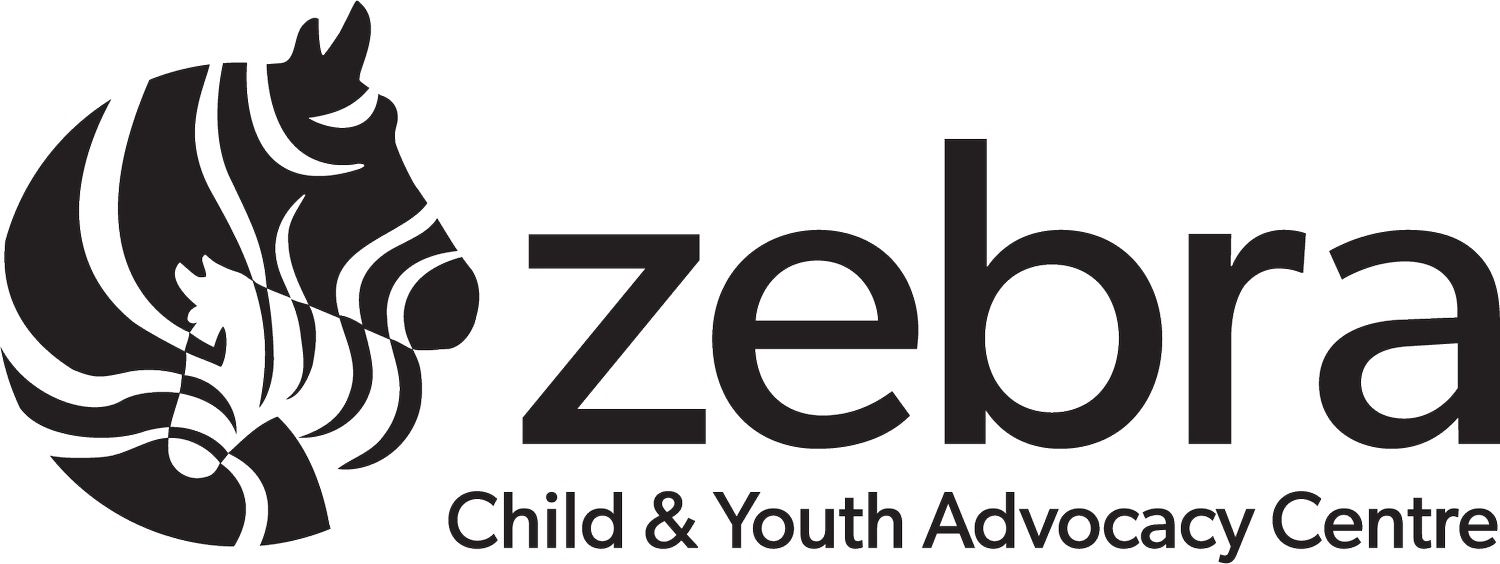
Types Of Abuse
Child abuse is anything that intentionally endangers the development, security or survival of a child.
Sexual Abuse
Sexual abuse is the improper exposure of a child to sexual contact, activity or behaviour. It includes any sexual touching, intercourse or exploitation by anyone in whose care a child has been left or who takes advantage of a child. This now includes technology facilitated sexual abuse, online luring and non-contact sexual abuse.
Physical Abuse
Physical abuse is the intentional use of force on any part of a child’s body that results in serious injuries. It may be a single incident, a series or a pattern of incidents.
Neglect
Neglect is any lack of care that causes serious harm to a child’s development or endangers the child in any way. Physical neglect is the failure to meet the child’s physical needs. This includes failing to provide adequate nutrition, clothing, shelter, health care and protection from harm. Emotional neglect is the failure to meet the child’s need for affection and a sense of belonging.
Emotional Abuse
Emotional abuse is anything that causes serious mental or emotional harm to a child. Emotional abuse can take the form of verbal attacks on a child’s sense of self, repeated humiliation or rejection. Exposure to domestic violence and severe conflict in the home, forced isolation, restraint or causing a child to be afraid much of the time may also cause emotional harm. Emotional abuse rarely happens once.

Recognize The Signs
Every child is unique and no two children will experience trauma alike. That being said, a drastic and prolonged change in a child’s typical pattern of behaviour may be cause for concern. The best way to get an understanding of what’s happening in your child’s life is to engage in open discussions and check-in on a regular basis.
For more information on child sexual abuse including behaviours that may be indicative of abuse, please consult Child Sexual Abuse – It is your business from the Canadian Centre for Child Protection.
Adults in Alberta have a legal obligation to report child abuse to the authorities.
How To Respond
Would you know what to do if a child disclosed abuse to you?
Remain Calm & Be Strong
Do not let the child see or sense any negative emotions or reactions, this may traumatize them.
Be An Active Listener
Thank the child for sharing. Document info for the investigation without seeking additional details.
Let The Child Lead
Do not fill in any blanks or ask probing and leading questions. Let the child explain in their own words.
Assure The Child
Reassure that the child is not at fault and will be kept safe by trusted adults. Don’t promise outcomes, i.e. “the offender is going to jail”.
Practice Self-Care
Receiving information regarding child abuse can be difficult. Recognize when you are in need of assistance yourself following a disclosure.
Report To Authorities
Please contact us for resources and other additional contacts that will aid you in reporting this case of child abuse. Take a deep breath.
When You Suspect Abuse
Under the Child, Youth and Family Enhancement Act, anyone who has reasonable and probable grounds to believe a child is being sexually, physically, emotionally abused or neglected has a legal obligation to file a report.
Reporting Child Abuse
The risk of not making a report outweigh the risks of reporting unfounded allegations. Reports can be made to your local police or anonymously through Crime Stoppers or the Abuse Hotline.
Reporting Online Exploitation
If you encounter the online exploitation of children or any material that depicts child abuse, an anonymous online report is made to the Centre for Child Protection’s Cybertip.









